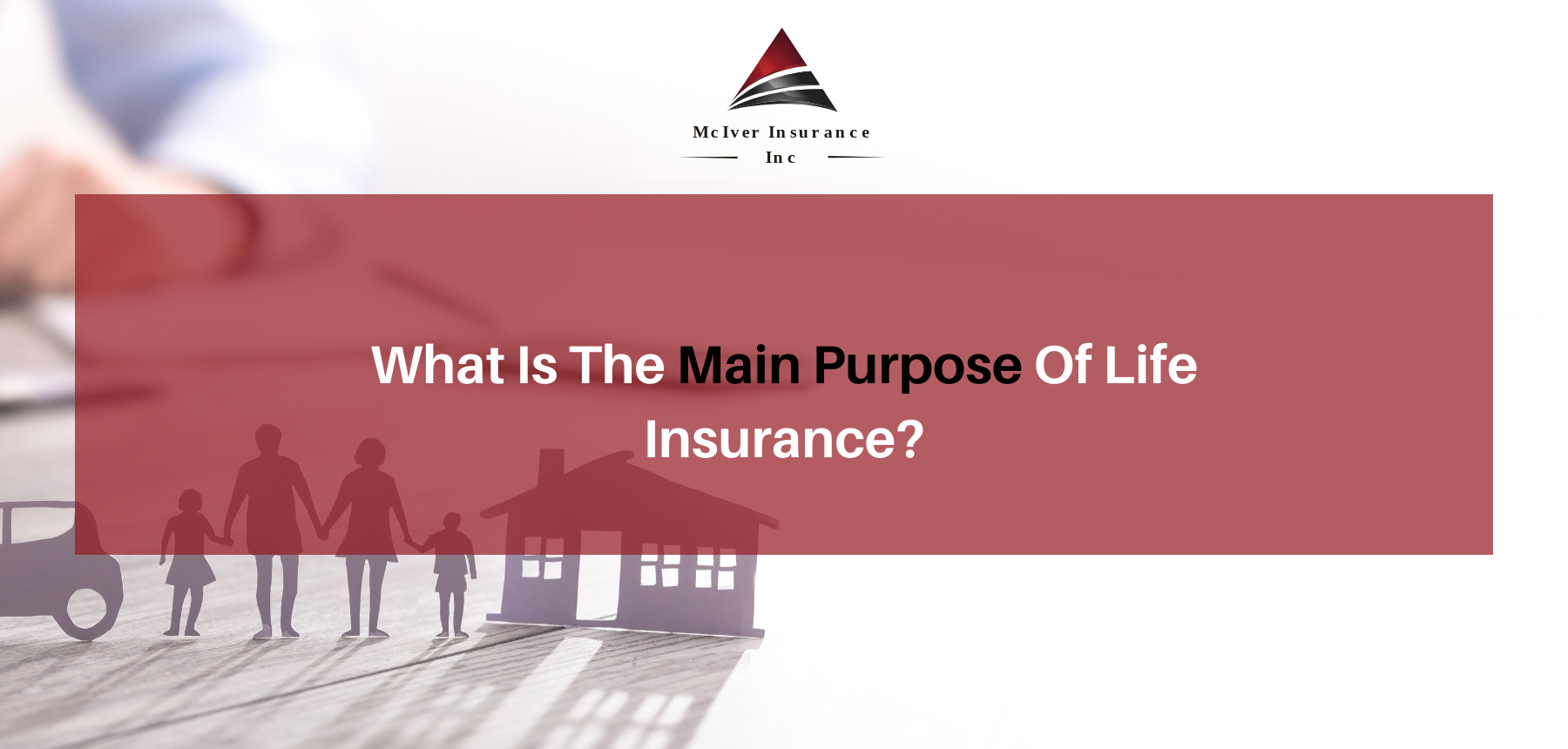5 Simple Techniques For Pacific Prime
5 Simple Techniques For Pacific Prime
Blog Article
Pacific Prime - Truths
Table of Contents10 Easy Facts About Pacific Prime DescribedPacific Prime - TruthsThe Ultimate Guide To Pacific PrimeThe 9-Minute Rule for Pacific PrimeThe Definitive Guide for Pacific Prime

This is because the data were accumulated for a period of strong financial efficiency. Of the estimated 42 million individuals that were uninsured, all yet about 420,000 (regarding 1 percent) were under 65 years old, the age at which most Americans end up being qualified for Medicare; 32 million were adults between ages 18 and 65, about 19 percent of all adults in this age group; and 10 million were kids under 18 years of age, concerning 13.9 percent of all youngsters (Mills, 2000).
These estimates of the number of persons without insurance are created from the yearly March Supplement to the Current Population Survey (CPS), performed by the Census Bureau. Unless or else kept in mind, nationwide price quotes of people without medical insurance and proportions of the population with different type of insurance coverage are based on the CPS, one of the most commonly used source of quotes of insurance policy coverage and uninsurance prices.
Get This Report about Pacific Prime

Still, the CPS is specifically beneficial since it produces yearly price quotes reasonably promptly, reporting the previous year's insurance policy coverage estimates each September, and due to the fact that it is the basis for a constant set of estimates for greater than twenty years, enabling evaluation of patterns in protection over time. For these factors, in addition to the extensive use the CPS in other researches of insurance policy protection that are provided in this report, we rely upon CPS quotes, with limitations kept in mind.

The estimate of the number of without insurance people increases when a population's insurance standing is tracked for sites a number of years. Over a three-year duration beginning early in 1993, 72 million individuals, 29 percent of the united state population, lacked protection for at least one month. Within a solitary year (1994 ), 53 million individuals experienced a minimum of a month without insurance coverage (Bennefield, 1998a)
6 out of every 10 uninsured grownups are themselves employed. Although working does enhance the likelihood that and one's family participants will have insurance policy, it is not a warranty. Even participants of families with 2 full-time breadwinner have almost a one-in-ten opportunity of being uninsured (9.1 percent without insurance rate) (Hoffman and Pohl, 2000).
Pacific Prime Fundamentals Explained
New immigrants account for a substantial proportion of people without medical insurance. One evaluation has actually associated a significant part of the current development in the size of the united state without insurance population to immigrants that got here in the nation between 1994 and 1998 (Camarota and Edwards, 2000). Recent immigrants (those that concerned the USA within the previous 4 years) do have a high price of being without insurance (46 percent), however they and their youngsters make up simply 6 percent of those without insurance nationally (Holahan et al., 2001).
The relationship between health and wellness insurance coverage and accessibility to care is well developed, as recorded later on in this phase. The connection in between health and wellness insurance and health outcomes is neither straight neither basic, a substantial professional and wellness solutions research literary works web links health insurance policy protection to improved accessibility to care, much better quality, and boosted individual and population wellness standing.
Levels of evaluation for checking out the impacts of uninsurance. This discussion of medical insurance coverage concentrates mostly on the U.S. populace under age 65 because basically all Americans 65 and older have Medicare or other public coverage. Moreover, it focuses especially on those with no medical insurance for any size of time.
The Only Guide for Pacific Prime
The issues faced by the underinsured are in some respects comparable to those encountered by the without insurance, although they are usually much less extreme. international health insurance. Uninsurance and underinsurance, however, involve distinctly various plan issues, and the approaches for resolving them may differ. Throughout this study and the 5 reports to follow, the main emphasis is on persons without medical insurance and therefore no support in paying for healthcare beyond what is available via charity and security net establishments
Medical insurance is a powerful factor influencing receipt of treatment since both patients and physicians react to the out-of-pocket rate of services - https://www.mixcloud.com/pacificpr1me/. Medical insurance, nonetheless, is neither needed nor enough to gain accessibility to clinical services. However, the independent and straight impact of medical insurance protection on accessibility to health solutions is well developed.
Others will acquire the health care they require even without medical insurance, by spending for it out of pocket or seeking it from companies that provide treatment totally free or at very subsidized rates. For still others, medical insurance alone does not make sure invoice of care due to various other nonfinancial barriers, such as an absence of healthcare suppliers in their area, restricted access to transportation, illiteracy, or linguistic and cultural differences.
The Single Strategy To Use For Pacific Prime
Formal research regarding uninsured populations in the USA dates to the late 1920s and very early 1930s when the Board on the Price of Medical Treatment produced a series of reports about financing doctor office sees and hospital stays. This concern came to be significant as the varieties of clinically indigent climbed during the Great Anxiety.
Report this page